Seafood in season in April
We will introduce the fish and shellfish that will be in season in April by dividing them into the whole of Japan and the prefectures ranked at the top. Please note that the season may vary depending on the region and year depending on the landing conditions due to climate change, so please consider it as reference data only.
Table of contents
1. Fish and shellfish that are in season in April (whole Japan)
2. 1st place Hyogo prefecture (9 types)
3. 2nd place Hokkaido (7 types)
4. 3rd place Miyagi prefecture (5 types)
5. 3rd place Fukuoka prefecture (5 types)
6. 3rd place Nagasaki prefecture (5 types)
1. Fish and shellfish that are in season in April (whole Japan)
The number of fish and shellfish that will be in season in April is 25 out of the 87 species surveyed, which is the third lowest in a year. The following is a list of 25 types of fish and shellfish in no particular order.
Fish
horse mackerel, sand lance, bonito, flatfish, halfbeak, spanish mackerel, Japanese icefish, whitebait, sea bream, tuna, trout, black rockfish
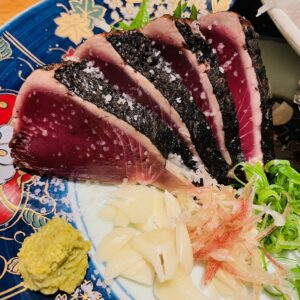
Shellfish
round clam, asari clam, oyster, Japanese egg cockle
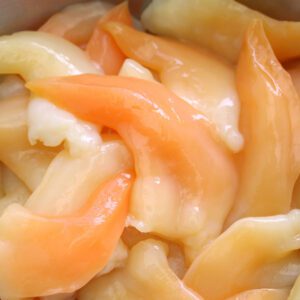
Other seafood
oval squid, golden cuttlefish, herring roe, hair crab, hijikia fusiformis, firefly squid, common octopus, nemacystus decipiens, wakame seaweed
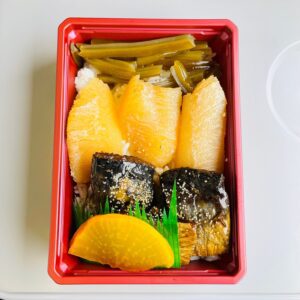
The prefectures with the highest catches and types of fish and shellfish that are in season in April are Hyogo prefecture (9 types of fish and shellfish), Hokkaido (7 types), Miyagi prefecture, Fukuoka prefecture, and Nagasaki prefecture (5 types).
2. 1st place Hyogo prefecture (9 types)
Hyogo Prefecture (9 types of fish and shellfish) ranked first in the prefectures with the highest catches and types of fish and shellfish that are in season in April. Hyogo Prefecture became the first place for the first time. April is the only month in Hyogo prefecture that has won first place.
In Hyogo prefecture, the following 9 types of fish and shellfish will be in season in April.
Fish
sand lance, flatfish, whitebait, sea bream
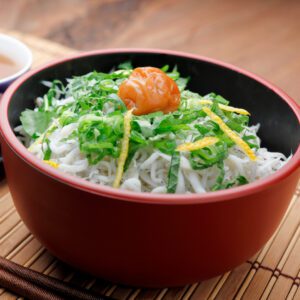
Shellfish
oyster
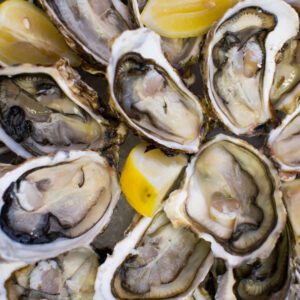
Other seafood
golden cuttlefish, firefly squid, common octopus, wakame seaweed
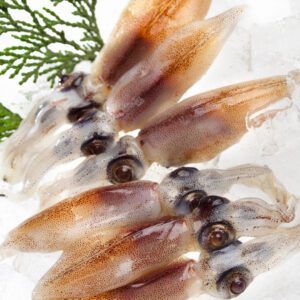
“PRIDE FISH”
Japan Fisheries Co-operative has selected “Hyogo laver” (season: December-May) for “PRIDE FISH” in winter in Hyogo Prefecture. In addition, “Ikanago (sand lance) in the Seto Inland Sea” (season: February-April), “Hyogo Hatahata (Japanese sandfish)” (season: February-April) and “Firefly squid from Hamasaka” (season: March-May) have been selected for “PRIDE FISH” in the spring of Hyogo Prefecture. We have introduced all of them before, so we won’t explan this time.
3. 2nd place Hokkaido (7 types)
Hokkaido (7 types of fish and shellfish) ranked second in the prefectures with the highest catches and types of fish and shellfish that are in season in April.
In Hokkaido, the following 7 types of fish and shellfish will be in season in April.
Fish
sand lance, flatfish, Japanese icefish, trout
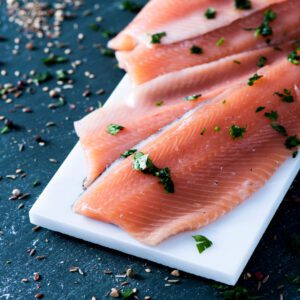
Shellfish
round clam, asari clam
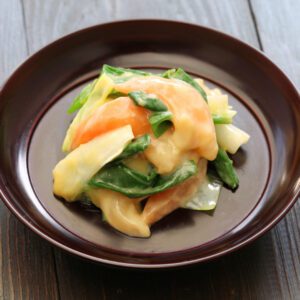
Other seafood
common octopus
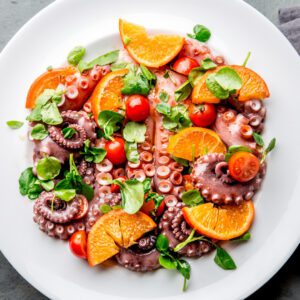
“PRIDE FISH”
Japan Fisheries Cooperatives has selected “Ishikari Bay Herring” (season: January-May) , “Hidaka Ma-tsubu (whelk)” (season: April-July), “Hokkaido Toki-shirazu (summer-catch salmon)” (season: April-July) for “PRIDE FISH” in the spring of Hokkaido. Also, in winter “PRIDE FISH”, “Hakodate Gokko (smooth lumpsucker)” (season: December-April) is selected.
“Hidaka Ma-tsubu (whelk)” (season: April-July)
The official Japanese name for Ma-tsubu (whelk) is “Ezo-bora (Ezo neptune, Neptunea polycostata)”. It is a conch shell caught in Ezo (Hokkaido). Ma-tsubu (whelk) is sweet and chewy, so it is suitable for sashimi and Robata-yaki (a Japanese‐style barbecue cooked in front of customers in a restaurant). Ma-tsubu (whelk) is my favorite shellfish for sashimi and sushi.
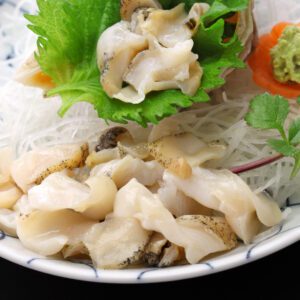
“Hokkaido Toki-shirazu (summer-catch salmon)” (season: April-July)
Salmon are usually caught in the fall, but young salmon can be caught from spring to early summer. It is called “Toki-shirazu (summer-catch salmon)”. Unlike autumn salmon, they are still young and do not have eggs or milts. Therefore, the body is nourished and fat is on it.
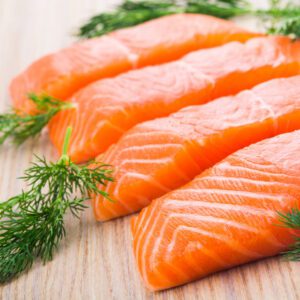
4. 3rd place Miyagi prefecture (5 types)
Miyagi Prefecture (5 types of fish and shellfish) ranked third in the prefectures with the highest catches and types of fish and shellfish that are in season in April. Fukuoka and Nagasaki are also in third place.
In Miyagi prefecture, the following 5 types of fish and shellfish are in season in April.
Fish
bonito, tuna
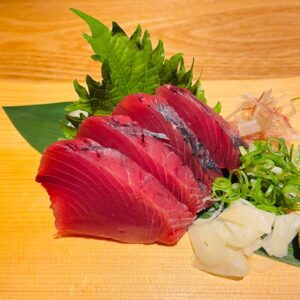
Shellfish
oyster
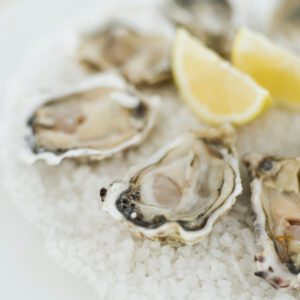
Other seafood
common octopus, wakame seaweed
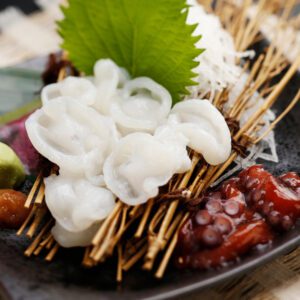
“PRIDE FISH”
Japan Fisheries Cooperatives has selected “Miyagi salmon” (season: April-July) , “Miyagi wakame seaweed” (season: March-April) for “PRIDE FISH” in the spring of Miyagi prefecture.
“Miyagi salmon” (season: April-July)
The production of coho salmon (silver salmon) in Miyagi prefecture is overwhelmingly the largest in Japan with a market share of 85% or more. Miyagi Prefecture has a rias coast and many bays suitable for fish farming. Miyagi’s coho salmon is mainly grown in Minami-sanriku, Onagawa, and Ishinomaki.
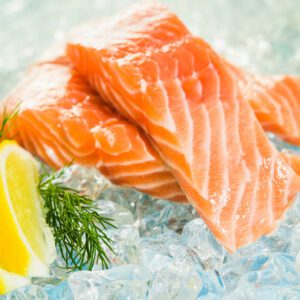
“Miyagi wakame seaweed” (season: March-April)
Off the Pacific Ocean in Miyagi Prefecture, there is a point where the Oyashio and Kuroshio meet, and it is counted as one of the three major fishing grounds in the world. Its abundant nutrients are carried to the deep bays of the rias coast, as well as from mountains and rivers. Wakame seaweed grown in this rich nature is thick, soft and elastic. Miyagi Prefecture has the highest production of wakame seaweed in Japan (2020).

5. 3rd place Fukuoka prefecture (5 types)
Fukuoka Prefecture (5 types of fish and shellfish) ranked third in the prefectures with the highest catches and types of fish and shellfish that are in season in April. Miyagi and Nagasaki prefectures are also in third place.
In Fukuoka Prefecture, the following 5 types of fish and shellfish are in season in April.
Fish
spanish mackerel, sea bream
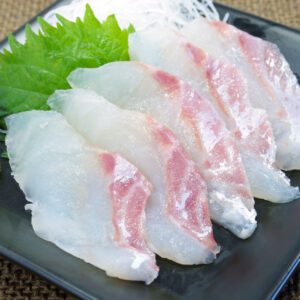
Shellfish
asari clam
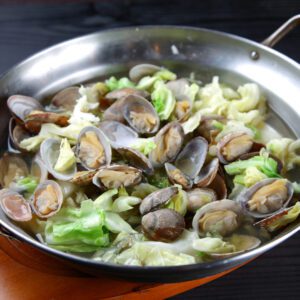
Other seafood
golden cuttlefish, common octopus
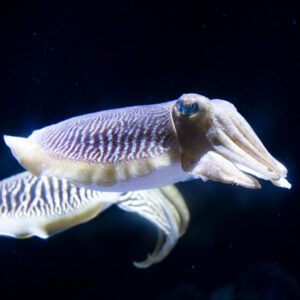
“PRIDE FISH”
Japan Fisheries Cooperatives has selected “Natural red sea bream of the Chikuzen Sea” (season: April-July) and “Membo (black scraper)” (season: April-June) for “PRIDE FISH” in the spring of Fukuoka prefecture.
“Natural red sea bream of the Chikuzen Sea” (season: April-July)
Fukuoka Prefecture has the highest catch of natural red sea bream (2020). The second place is Nagasaki prefecture, and the third place is Hyogo prefecture. The Chikuzen Sea is rich in shrimp, crabs, and small fish that feed on red sea bream, making it an area suitable for the environment in which red sea bream grows. With abundant food, fisherman can catch delicious red sea bream with fat.
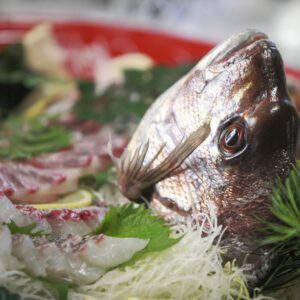
“Membo (black scraper)” (season: April-June)
Membo is a seasonal black scraper caught in the Chikuzen Sea. From May to June, the nutrients are stored for spawning, so Mako (the egg that the female has) and the liver become delicious. It is the best taste to eat with the fillet of black scraper in soy sauce with the liver of black scraper melted.
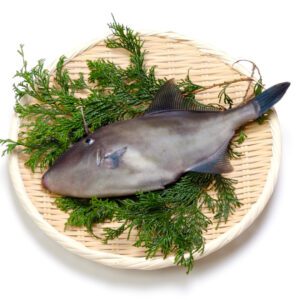
6. 3rd place Nagasaki prefecture (5 types)
Nagasaki Prefecture (5 types of fish and shellfish) ranked third in the prefectures with the highest catches and types of fish and shellfish that are in season in April. Miyagi and Fukuoka prefectures are also in third place.
In Nagasaki Prefecture, the following five types of fish and shellfish are in season in April.
Fish
horse mackerel, sea bream
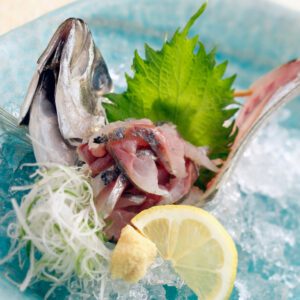
Shellfish
asari clam

Other seafood
hijikia fusiformis, wakame seaweed
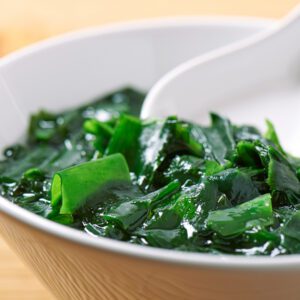
“PRIDE FISH”
Japan Fisheries Cooperatives has selected “Japanese horse mackerel (Gon-Aji, Nomon-Aji)” (season: April-June) for “PRIDE FISH” in the spring of Nagasaki prefecture.
“Japanese horse mackerel (Gon-Aji, Nomon-Aji)” (season: April-June)
Nagasaki Prefecture had the overwhelming first place (2020) with a 49% share of horse mackerel production. Shimane Prefecture (15% share) was second, and Chiba Prefecture (4% share) was third. The two major brands that represent the Japanese horse mackerel in Nagasaki are “Gon-Aji” and “Nomon-Aji”.
“Gon-Aji” is a horse mackerel belonging to shallows with a weight of 250g or more caught in Goto-nada. “horse mackerel belonging to shallows” Unlike the migratory offshore horse mackerel, it is characterized by being plump and thick with plenty of food because it stays in shallows. After catching, horse mackerel are taken back alive and unfed for 7 to 10 days, so the fat spreads throughout the body and becomes marbling-like, which makes it more delicious.
“Nomon-Aji” is a name that expresses “horse mackerel in Nomozaki” in the Nagasaki dialect. It is caught by single fishing off the coast of Nomozaki. The horse mackerel caught on board is put in a cage and taken back live, and then landed in the cage of the live fish center. Fishermen carefully select the ones with a body length of 26 cm or more and a weight of 300 g to 500 g and name them “Nomon-Aji”.
